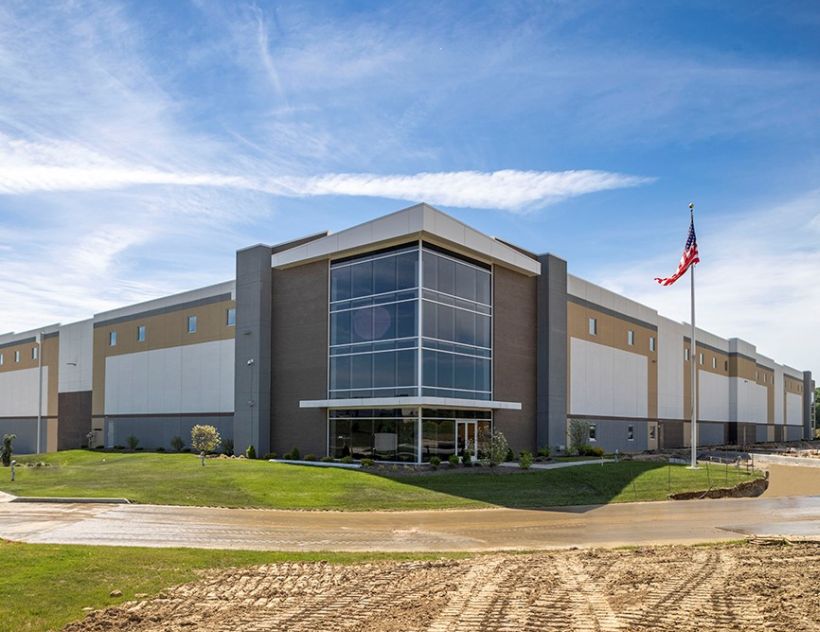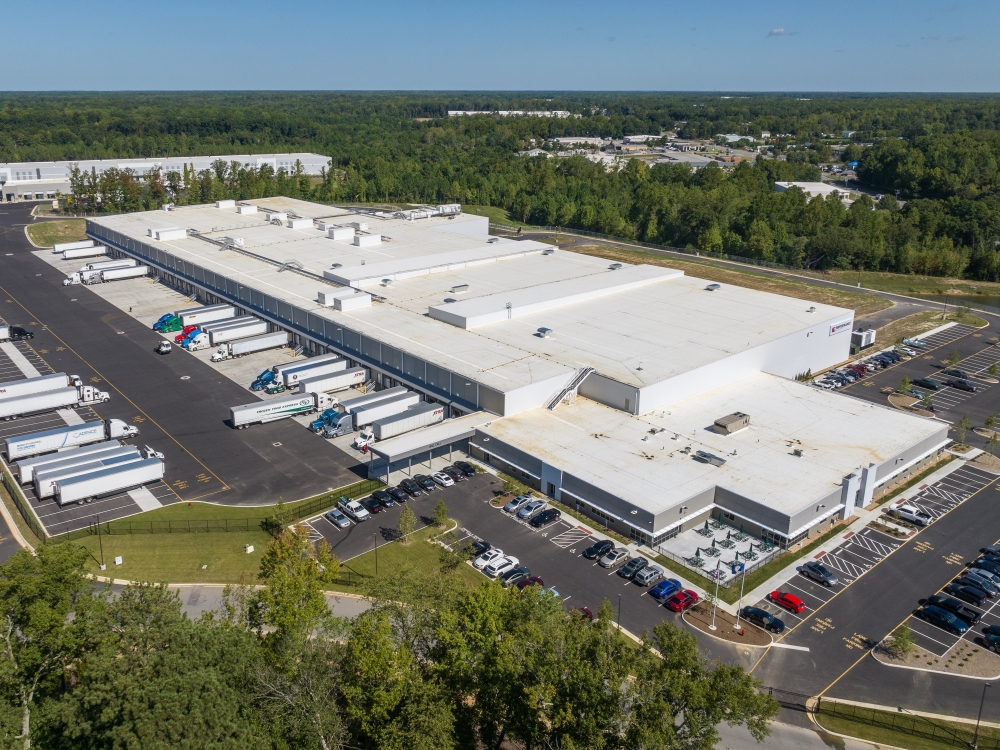Self Storage: Everyone Wants a Piece of the Pie
Kris Bennett of Landis shares his thoughts on the future of self storage, as well as tips on how to keep up with this growing sector.
Kris Bennett earned his real estate license in 2007 with the intention of entering the residential sector. Then, the Great Recession of 2008 happened, which was a less-than-ideal time to be in real estate, to say the least. But after going back to school, Bennett landed an internship with a private equity real estate firm and the world of commercial real estate investment opened before his eyes. As his career grew, Bennett became intrigued by self storage, having pivoted from strictly multifamily investing. He recently left a job with a capital investment firm and entered into a new partnership called Landis, based in Charlotte, N.C., and intends to continue his journey into the self storage world, one facility at a time.
Commercial Property Executive spoke with Bennett about the ins and outs of self storage investing as well as its future outlook.
What are some facts and figures regarding the self storage industry?
Bennett: The U.S. is by far the country that has the most self storage facilities per capita. There is a debate as to what constitutes a self storage facility, but let’s say there are 40,000-50,000 facilities that are purely self storage. That is more than all the McDonalds’ plus Starbucks’ combined square footage. On average, there is seven to eight feet of self storage square footage that exists per person in the U.S.
A lot of self storage is still owned by mom and pop (companies). There is more opportunity here versus multifamily. About 75 percent are owned by the sophisticated investor, while in storage, 25 percent are owned by the sophisticated investor.
The rule of thumb is that about half the tenant base will stay 12 months or more, the other half, about 30-60 days. In that sense, storage is kind of a retail business. People come in and out and you have to have good customer service and treat people well.
Is it easier to develop than multifamily?
Bennett: Yes, it’s easier to develop because it’s a metal building on a concrete slab. There isn’t as much to build compared to a three-story apartment (community) across 10 acres. The developer is more concerned with the width of the drive aisles and if there are enough bollards to protect the buildings than if the clubhouse is painted pretty, the furniture matches, or if the gym has the right equipment. There are some firms that have pivoted from multifamily to self storage. Several cities are pushing back on self storage development by implementing moratoriums. Miami being the latest. It seems we are our own worst enemy.
Is there a region in the country in which self storage is particularly thriving?
Bennett: Texas and Florida are really known for having a lot of self storage, making it a very competitive marketplace. The Southeast in general is where people look to invest. There is a population growth in a lot of Southeastern cities, so you see it popping up more and more in this area. You have friendly business climate for the most part, and the population growth is driving a lot of it as well.
What are some trends that are driving the self storage industry?
Bennett: Storage is driven by change in people’s lives. We have a lot of that going on, like someone moves or gets a divorce. For about half the facilities, renters are renting a unit for two months or so, and are doing it because of some change. For example, I talked to a guy a while ago whose father passed away and he can’t bring himself to get rid of his father’s stuff. The other 50 percent use it long term, like if you have a trade or business, such as keeping medical devices at a facility.
On the investor side, to get into numbers: If I’m renting an apartment for $1000, I might move if there is a $50 raise in rent. If I’m renting a storage unit for $100 and the rent goes up $5, it’s not a big deal. There still can be a 5 percent rental increase in both cases, but the tenant base is fairly sticky in self storage because of the hassle to move out, and you can see that rental rate increases don’t cause customers to move or get upset for the most part. The sticky tenant base willing to absorb rental rate increases combined with the ease of development compared to multifamily, has lead yield-seeking investors to jump into storage.
It’s been said that this is a recession-resistant business, do you agree? Why or why not?
Bennett: I do, looking at history. If you look back in 2008-2009, storage was the only asset classes that showed a positive return, so that is why they called it recession resistant. When the SBA started lending in self-storage via SBA loans around 2010/11, the government began to view self storage as an actual business like they would view any other business, which is really interesting, because there is no asset class in real estate you can do that with. Now, going forward, will that be the case? I don’t know because of all the development that is going on.
What are the main challenges in this industry?
Bennett: I think there is always going to be risk of development coming down the road. Too many facilities are competing in the same markets for the same customers. This year and 2021 will be an interesting year for acquisitions professionals because there may be opportunities to purchase facilities that aren’t performing. However, because other pros in this industry are saying what I just said, those deals may not trade at a good value. In other words, there is plenty of capital forcing its way into this industry deals that should sell at a discount probably won’t because the big groups are chasing the same deals which will continue to push up prices.
On the management front, if you have a competitor opening up down the road, you have to figure out how to manage your facility to retain your tenant base. Those rental rate increases that we talked about earlier may not be so wise to implement. There are third-party management groups that help navigate these waters and they would be worth talking to.
What are the pros and cons of self-storage investing?
Pros: Sticky tenant base, SBA lending options, no eviction hassles, opportunity to acquire from mom-and-pop (but that is getting harder to do).
Cons: Short-term rentals (month-to-month), retail-like with a need for good customer service, pricing is high for acquisitions (harder to find deals that make sense).
What can we expect from the industry going forward in 2020?
Bennett: On the investment side, the storage industry is no longer an investment “secret.” In the last few years, more education has hit the market, more operators have jumped in and more small investors want a piece of the pie. I think pricing for facilities will remain high. If a facility is not leasing up well, but it’s marketed by a storage broker, that facility will still sell on future potential income (i.e. higher than it should) because there are groups that want in on the action and they think they will be able to fix the problems and lease it up.
No doubt there are smart operators that will be successful at fixing those problems. But a lot of groups should just stay out of storage for now. On the consumer side, the general public knows there are too many facilities because they see it everywhere. People still need it during their personal life changes, or for their businesses. But they might get a better rate for a unit than they could have just a year ago.








You must be logged in to post a comment.